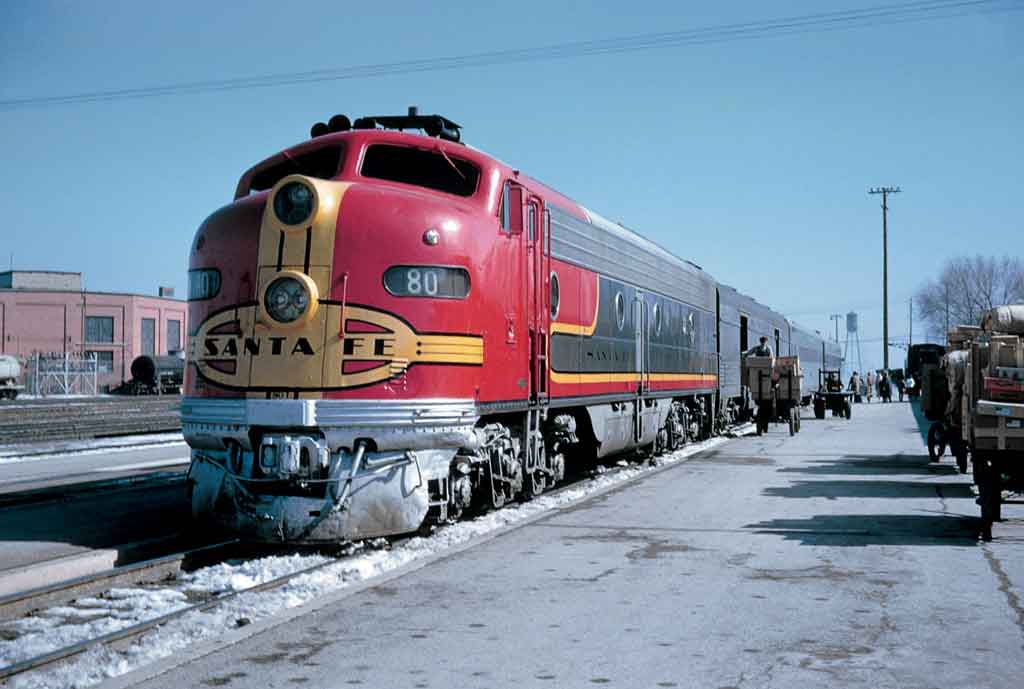
Santa Fe trains 93, the West Texas Express, and 94, the Eastern Express, were the Amarillo–Lubbock connection for the San Francisco Chief. Between 1955 and 1965, the trains looked like this: an E8M (rebuilt from an E1), baggage-express car, coach, and sleeper. Fred M. Springer photo […]
Read More…
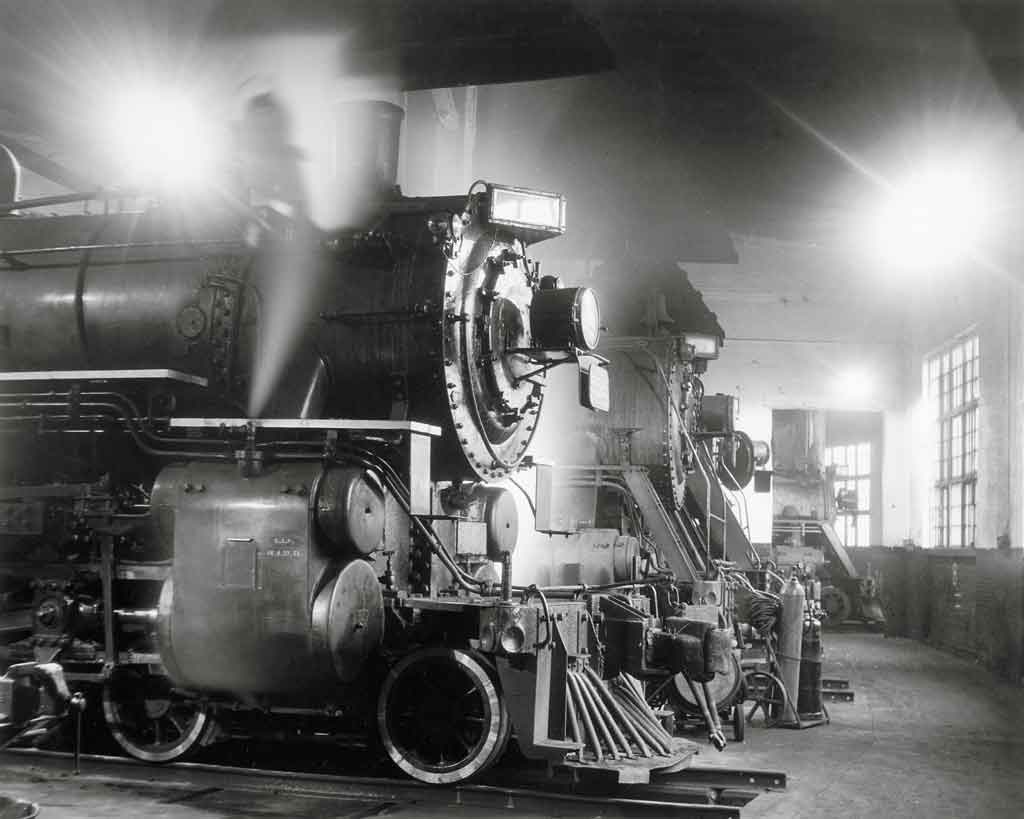
In fall 1953, Canadian National 4-6-2 5545 simmers inside the roundhouse at Moncton, New Brunswick. Philip R. Hastings photo […]
Read More…
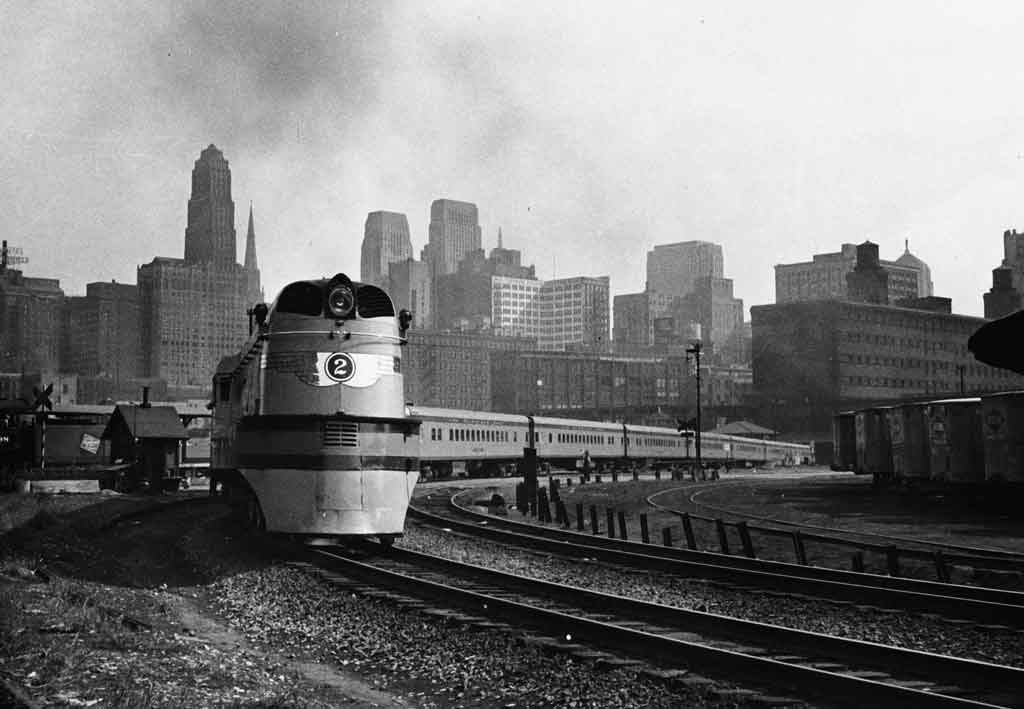
Class A 4-4-2 No. 2 hauls the Milwaukee Road’s newly launched Hiawatha up the hill and around the curve out of Chicago Union Station in mid-1935. Alexander Maxwell photo […]
Read More…
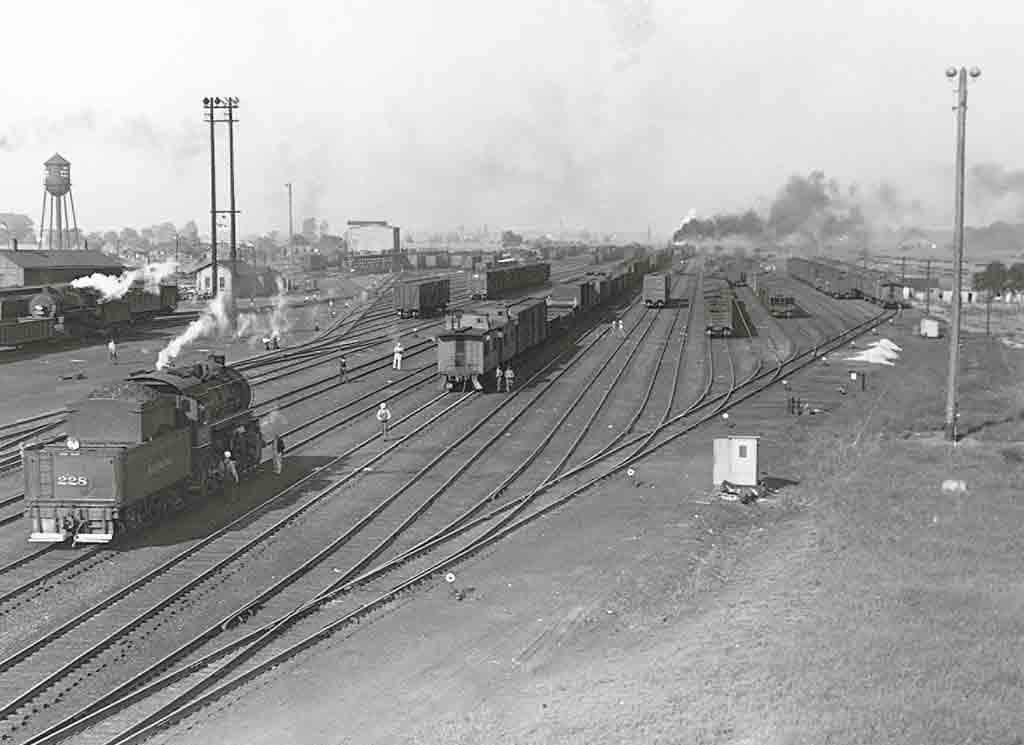
Looking west at Frankfort, Ind., in 1944, we see the westbound yard with its east-end ladder angling off to the right, and in the distance the eastbound yard’s east ladder running the other way. Beyond the east yard ladder are the icing platform and the ice plant. Jay Williams photo […]
Read More…
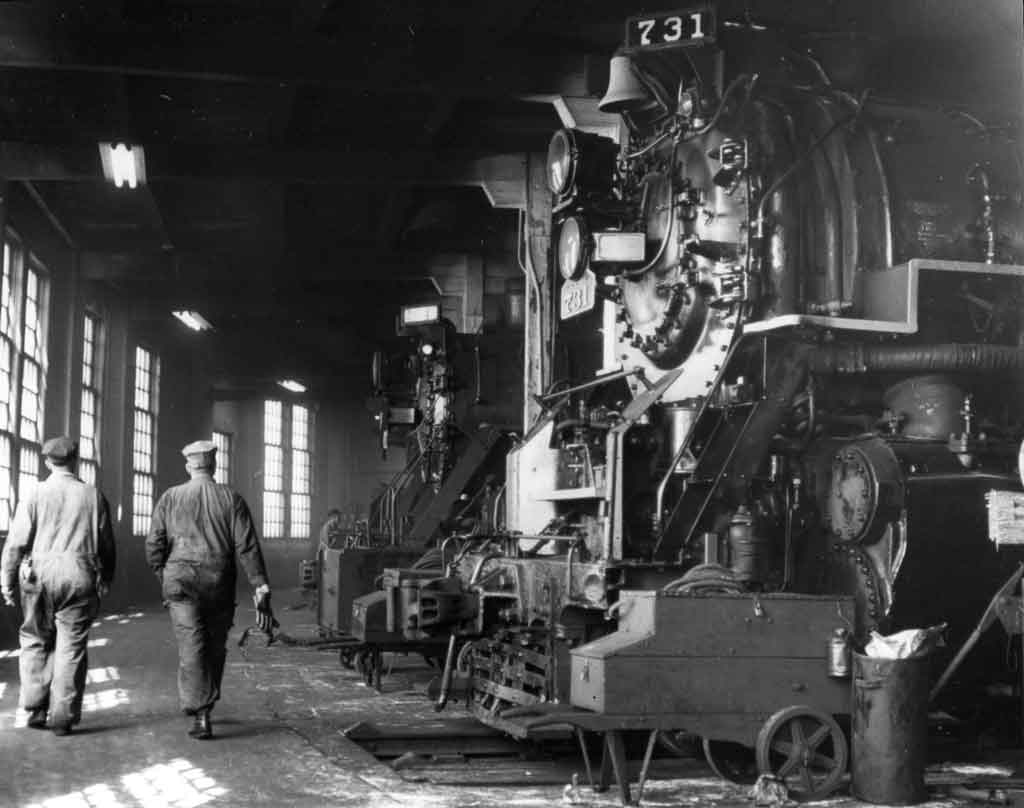
In the Nickel Plate Road’s roundhouse at Conneaut, Ohio — one of the last citadels of high-speed steam freight locomotives — Berkshire 731 and another engine rest on March 16, 1957. Classic Trains coll. […]
Read More…
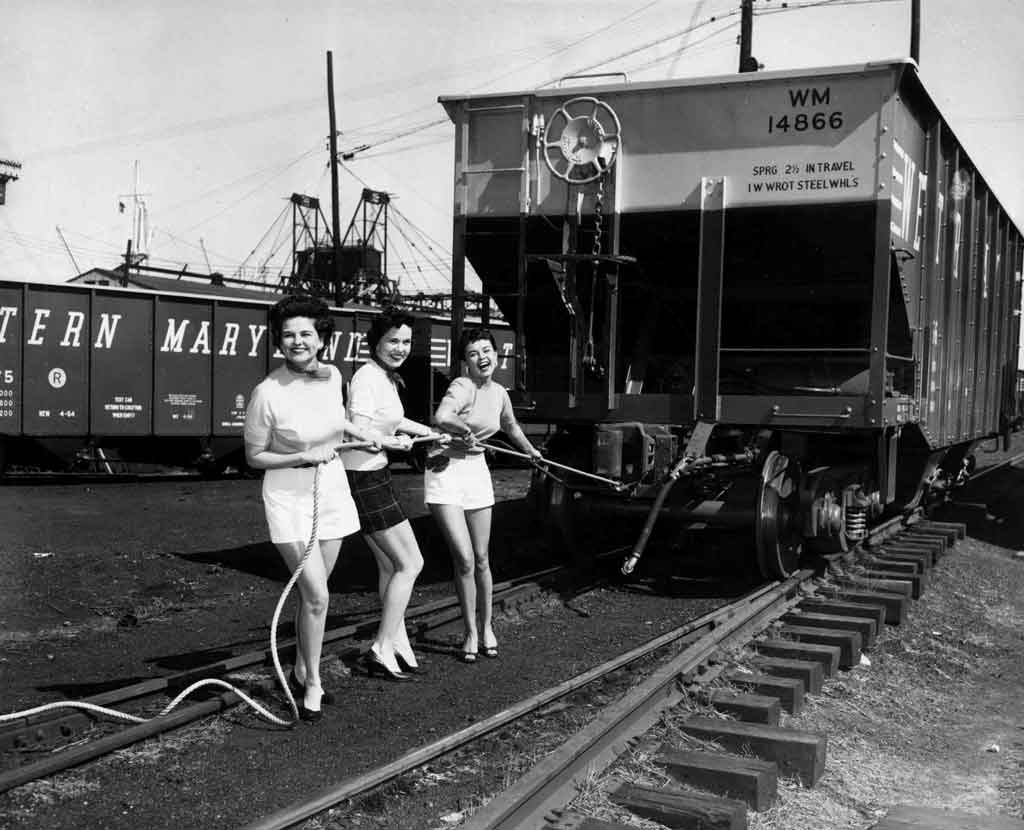
In a stunt meant to demonstrate the free-rolling characteristics of freight cars equipped with Timken roller bearings, three women — Jackie White, Jean Crow, and Chris Roberts — heave on a new 55-ton hopper car at Western Maryland’s Port Covington yard in Baltimore in the 1950s. Classic Trains coll. […]
Read More…
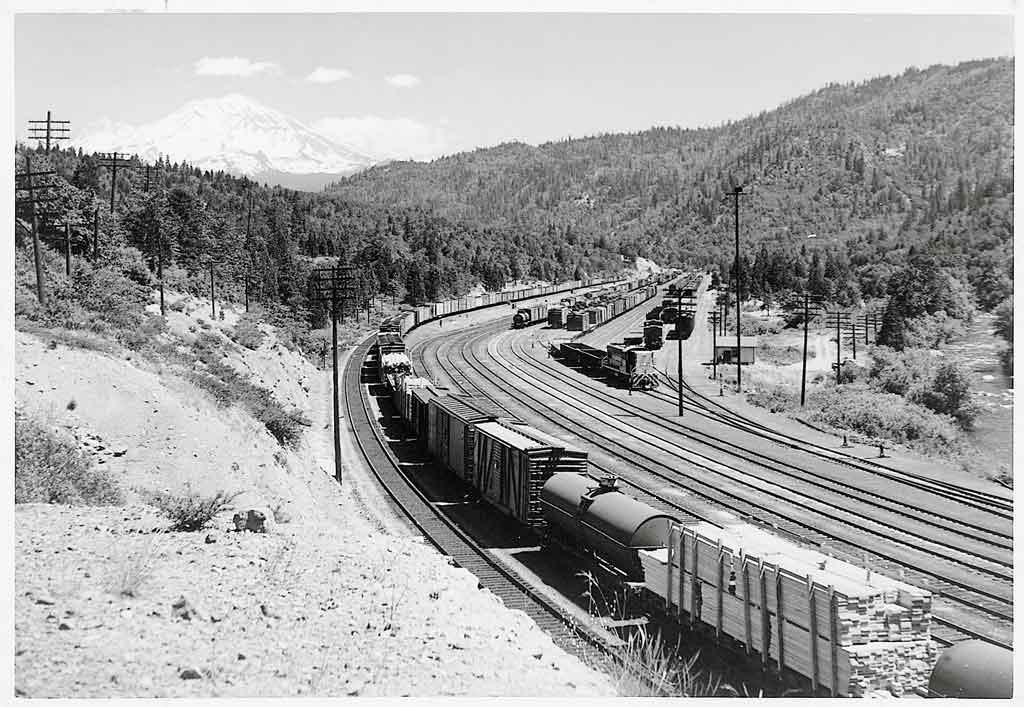
With Mt. Shasta rising in the background, a Baldwin road-switcher works the Southern Pacific yard at Dunsmuir, Calif., in the 1950s. Mac LeFebre photo […]
Read More…
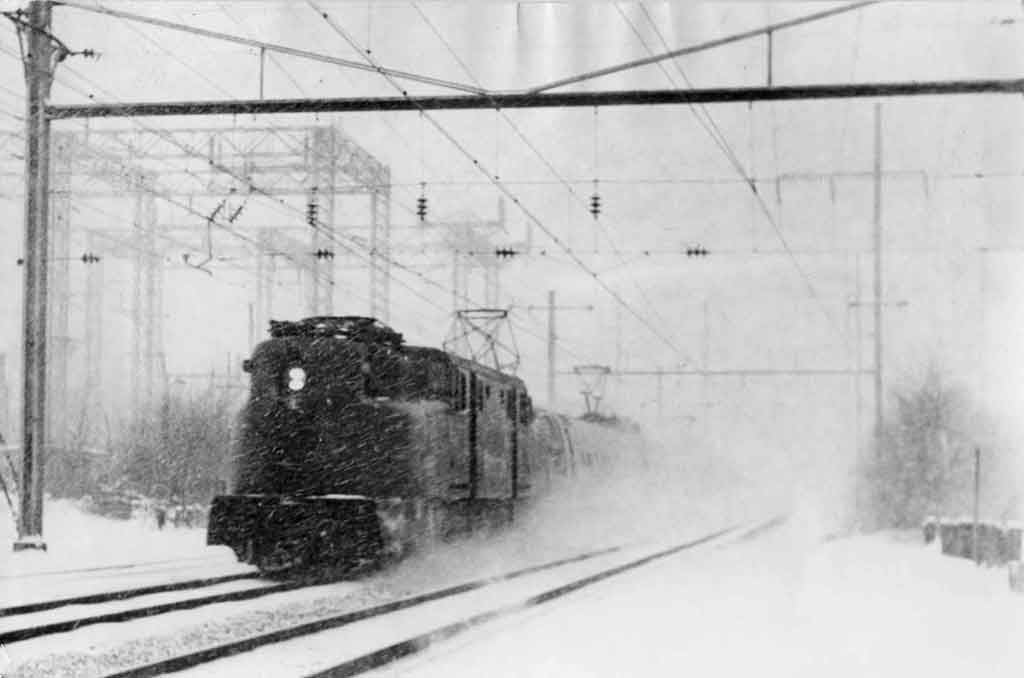
Amtrak GG1 No. 912 dashes through the snow at Bowie, Md., with a four-car Metroliner train in February 1978. The high-speed M.U.’s did not do well in snow, and were often towed by GG1’s when the flakes began to fly. Walter Feibelman photo […]
Read More…
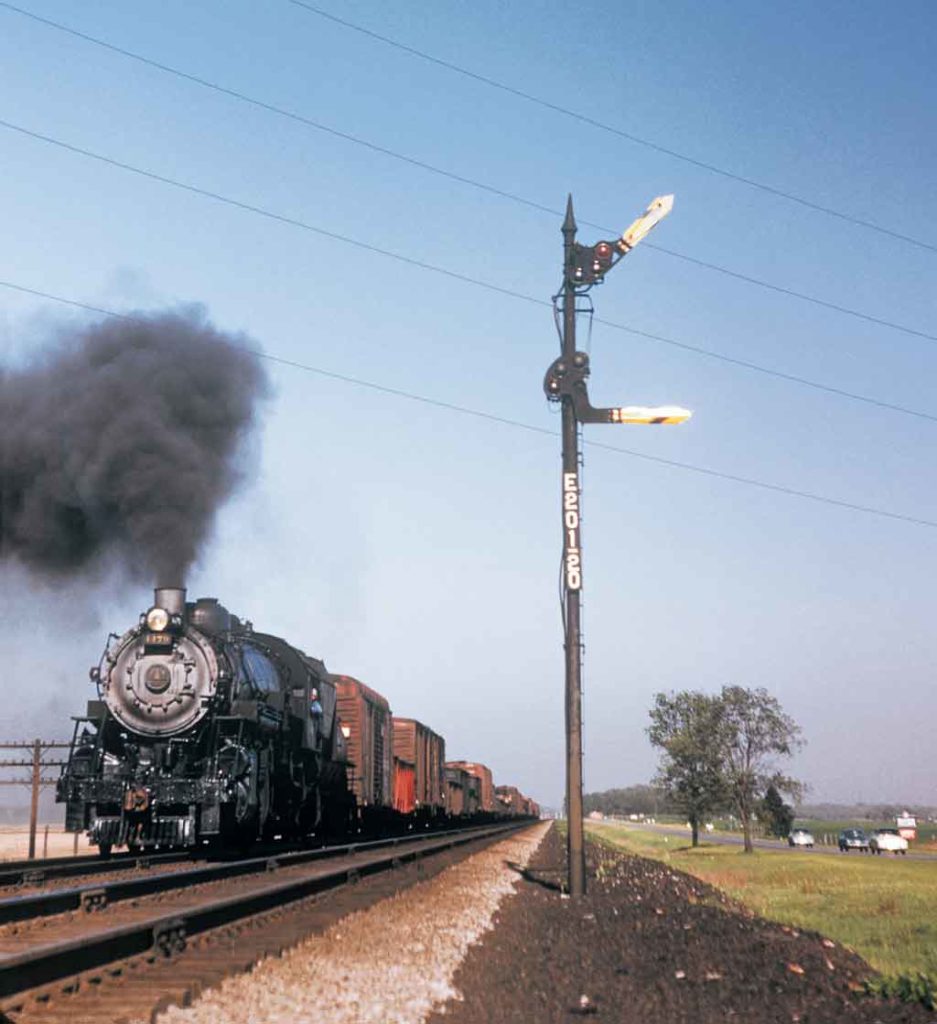
Baltimore & Ohio class Q-4 2-8-2 No. 4479 steps along a manicured right of way with a westbound freight near Walkerton, Ind., in the early 1950s. Linn H. Westcott photo […]
Read More…
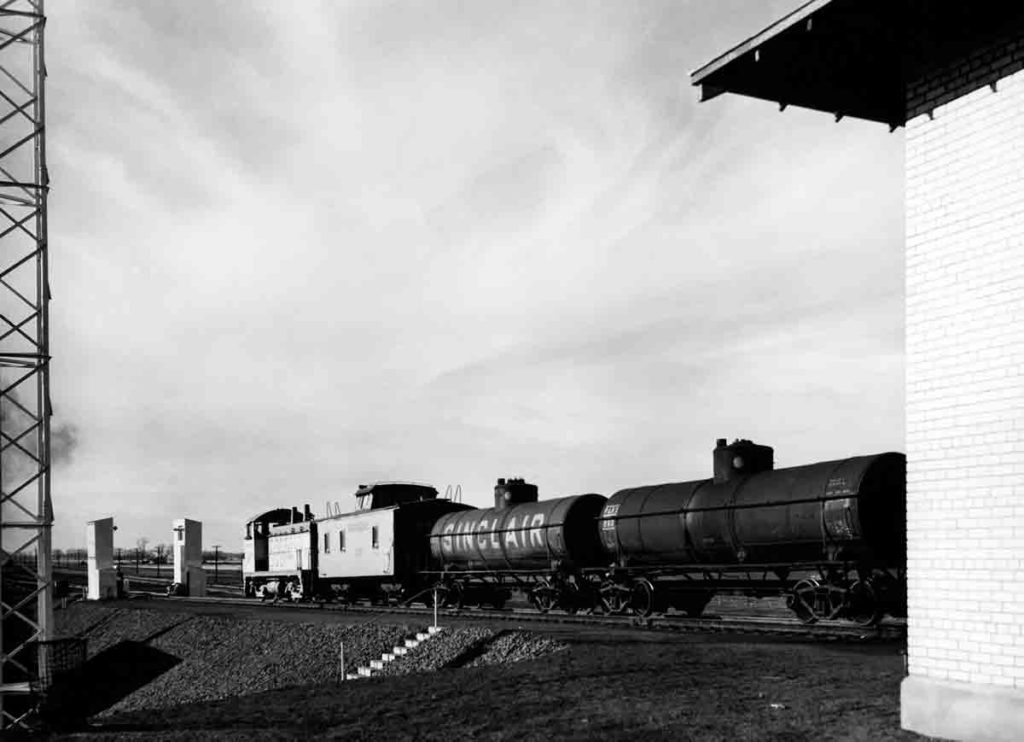
Union Pacific NW2 No. 1091, with extra ballast and low-speed gearing, shoves the last cars of a freight train up the hump. Behind the diesel is the new yard’s car-inspection station. Wallace W. Abbey photo […]
Read More…
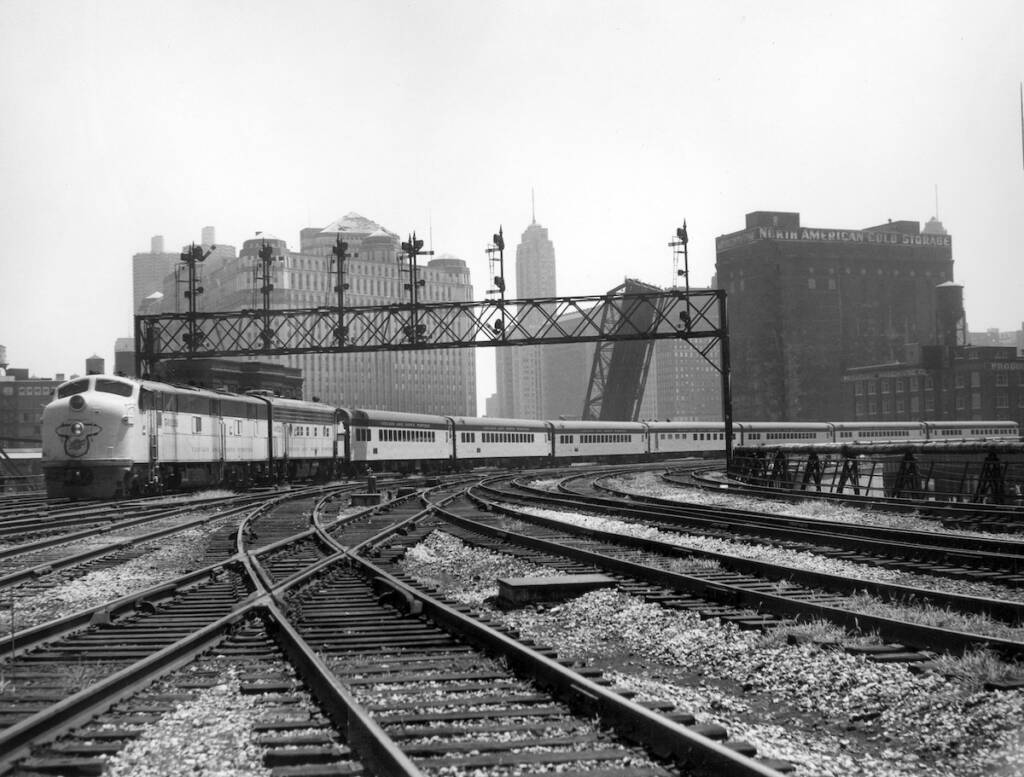
Like its Midwest rivals, the Chicago & North Western Railway jumped on the idea of brand-named passenger trains. However, it took a different route with the name in the form of a three-digit number: 400. The name [or number] stuck as the railroad rolled out a prominent fleet of Chicago & North Western 400 passenger […]
Read More…
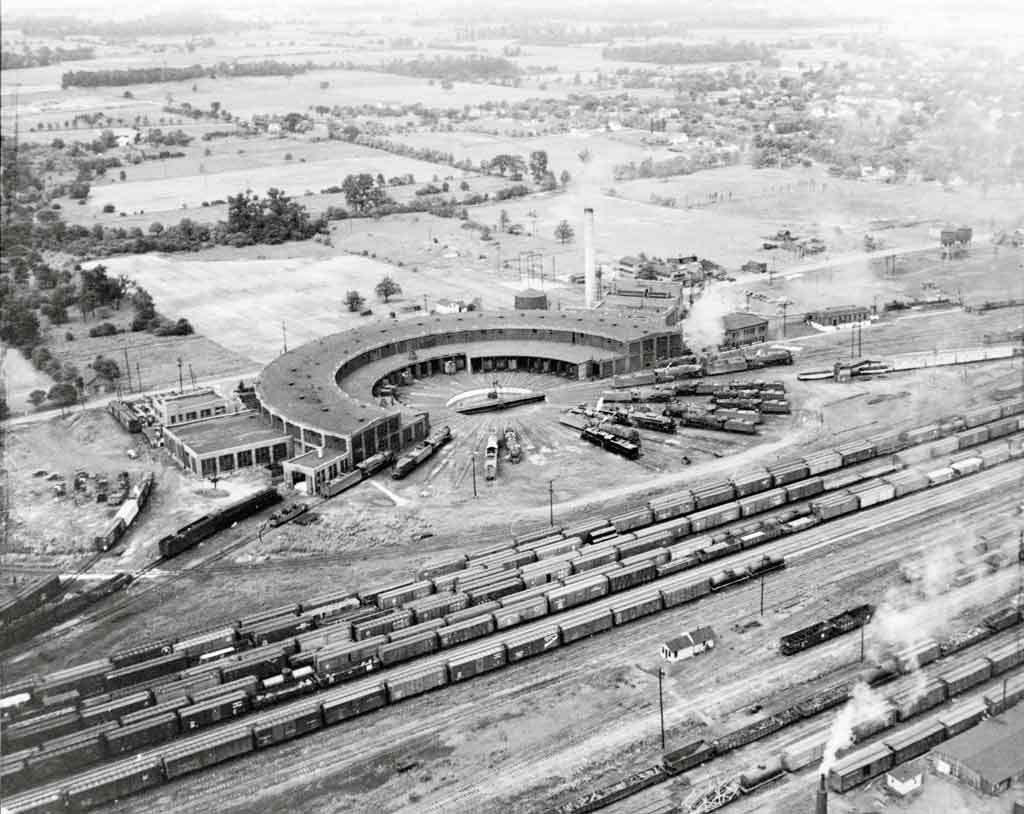
A July 1947 aerial view shows the Pennsylvania Railroad’s big roundhouse at Crestline, Ohio. The long engine at middle left is No. 6100, the 6-4-4-6 duplex of 1939. Classic Trains coll. […]
Read More…












